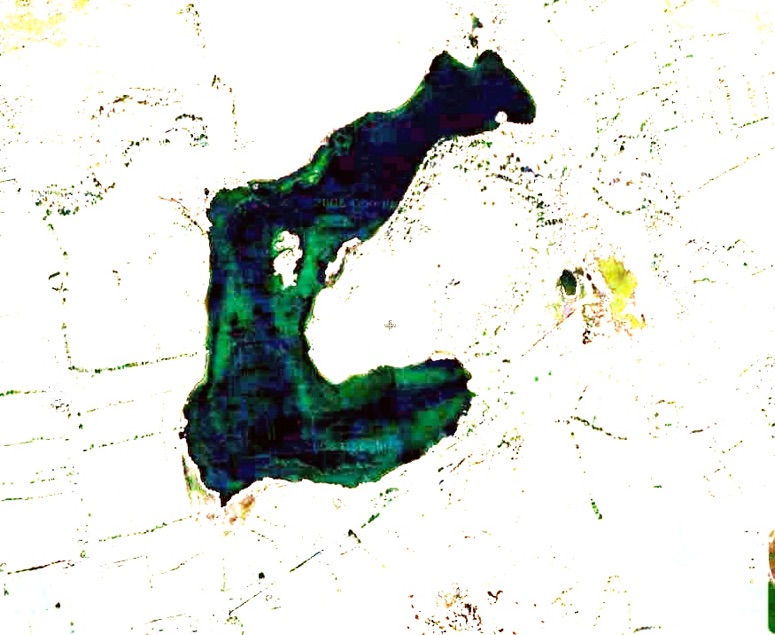DEISEAL were commissioned to develop strategic creative concepts and pathway marker features for this important heritage site. This work was carried out in conjunction with DeJong Associates (urban/landscape designers). New pathways and viewing areas have been created within this sacred landscape, and DEISEAL’s sculptural pathway marker features were installed in September 2008.
“The installation of objects in archaeological scenarios of mystery and beauty, requires a studied and careful intervention, a profound ecological vision, and above all, poetic architectural creativity...with authentic and legitimate contemporary characteristics.”
ARQUITECTUM, 2007
NEW JOURNEYS
Through space and time – a continuum: each moment in motion, one experiences a new sensation, view, place. Currently, significant zones of this sacred landscape are disconnected and relatively inaccessible. Deiseal worked with themes of connections and thresholds. Designs for gateways, causeways and trackways were developed to practically and symbolically facilitate new journeys. In the early research phases, and through extraction and collation of site information, the power of words and text was harnessed, developing a ‘deep mapping’ process as an adjunct to the physical Nexus.
REVEALING
Exposing the hidden, retrieving from the undergrowth, obscure remnants of structures, patterns and marks from the past. All elements in ‘Lough Gur Nexus’ reference the palimpsest of pre-existing traces in the physical landscape, as well as the mythologised memories contained within it. Down to the very deepest geological strata, a succession of layers are brought to light; but we also reveal new potentials for the area. Symbolic imagery is accessed, such as the 'One-Tree + Cloth of The World'. Deriving from archaeology, natural history and folklore, we have adopted site-specific animal motifs or architypes – the Bull, Wild Boar, Eel and Raven (or Crow), representing land, water and air.
LOCALLY APPROPRIATE MATERIALS
Small, medium and large - new shapes and forms are grafted on, in poetic dialogue with the landscape. They reference and embrace the ancient functional and symbolic forms. In particular we have used locally distinctive juxtapositions of wood, stone, metal.
“Lough Gur is now populated with introduced species roach, perch, etc. and apart from eels may not have had any fish stock in the Late Bronze Age. The lake drains into a rock crevice on the north shore, known as ‘Poulavaddra’, and the stream emerges to the north-west of Knockfennel Hill. Access via this route would be difficult for migrating fish, but perhaps easier for eels" (Dr Rose Cleary, 2003).
The existence of an eel weir at this location is described in the memoir ‘The Farm by Lough Gur’
The Farm by Lough Gur is the story of Mary Fogarty (Sissy O’Brien), born in 1858 as told to and written down by
Mary Carbery. It was published by Longmans, Green & Co in 1937.
More Info
Lough Gur Process page




